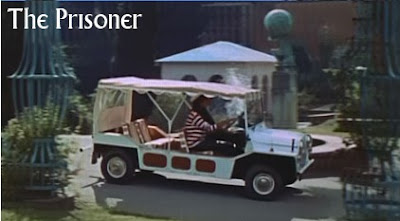True. That said, I could see it being possible to sign your car up to the fleet — with the caveat that it might be on the other side of town or something shoud you need it.
Or maybe this is just a silly theory.

And then, do you take an Uber, or the Tesla of another person? Because in the end the Uber might be the financially better idea for the Network.
The problem can be explained very simple, by imagining we had 3 locations, the airport, bakery and cinema, where you can place your cars.
You work at the bakery and along with 4 other people you place your car at the bakery. 5 other people work near the cinema, maybe in the cinema, or the hotel next door. And the pilot drives his car to the airport.
Now one of your customers, who lives near the bakery, takes your car to the airport and takes a plane. Later you leave work, take another car to the airport, to pick up your car and drive home. Now the next car is at the airport. So now another person wants to go home, finds that his car is at the airport and takes the next car. That goes on until the last person has no car to go to the airport and pick up their car. So that person has to call an Uber to get to their vehicle.
Meanwhile a person who is in town for business has taken the pilots car to drive to the cinema, since the hotel is next to it. When the pilot comes back, his car is at the cinema and he, too, has to take an Uber to get to the cinema.
The next day the person staying at the hotel drives back to the airport and the whole thing happens again with the 5 cars parked at the cinema. And the last person has to use an Uber again. In the meantime the person who lives near the bakery takes the pilots car to the bakery, where the pilot has to take it back via Uber.
Now in the end on each day 2 people used the Tesla Network and 2 people payed for an Uber. Additionally 4 people had to drive to either the bakery, or the cinema with a Tesla network car to pick up theirs.
So how would such a network even generate income for the participants? Each customer would have to pay the full Uber price, plus whatever the other 4 people would want as a payment, for taking their cars back from the airport. In the end it cannot be cheaper, than an Uber, if anyone wants to make money on it, or even just pay for electricity for their car.
Sure, this could be avoided, if Tesla added one additional car to the airport, bakery and cinema. But then the private people's cars wouldn't even be needed anymore. No, the Tesla network only really works, if the car is able and legally allowed to drive to you with no passenger inside. And I know, it seems like I used the worst case scenario, in the best case scenario it surely works, but we only had 3 stops and 2 customers, the more stops you have and the more customers you have, the weirder it gets.



